Clinical and laboratory procedures relating to crown fitting are well established. Clinical data must be translated from the oral cavity to the laboratory and back to the oral cavity. Ill-fitting crowns may be the result of clinical and/or laboratory procedures. Quality control is essential at both ends of the spectrum. Seating crowns should be predictable and consistent.
In most cases, the problem with loose-fitting crowns is knowing exactly where the contact point is to make an adjustment. Guessing or eyeballing to adjust the crown is time-consuming and does not guarantee a completely accurate fit. Poorly fitting crowns are unacceptable and should not be cemented.
This article highlights the clinical and laboratory perspectives on crown procedures in three parts:
- Part I: Seating Crowns as Received from DDS Lab
- Part II: Potential Causes for Ill-Fitting Crowns
- Part III: Clinical Remedies for Dislodged Crowns.
Part I: Seating crowns as received from DDS Lab
Laboratory steps:
- Examine the crown on the die alone and on the cast. Magnification is helpful. The crown margin should fit precisely onto the margins of the die.
- Place the die into the cast; place the crown onto the die. It should slide into place easily. Remember, the interproximal contacts are AREAS, not points. Contact should be in the middle third of the axial walls and the middle to buccal thirds buccal/lingually.
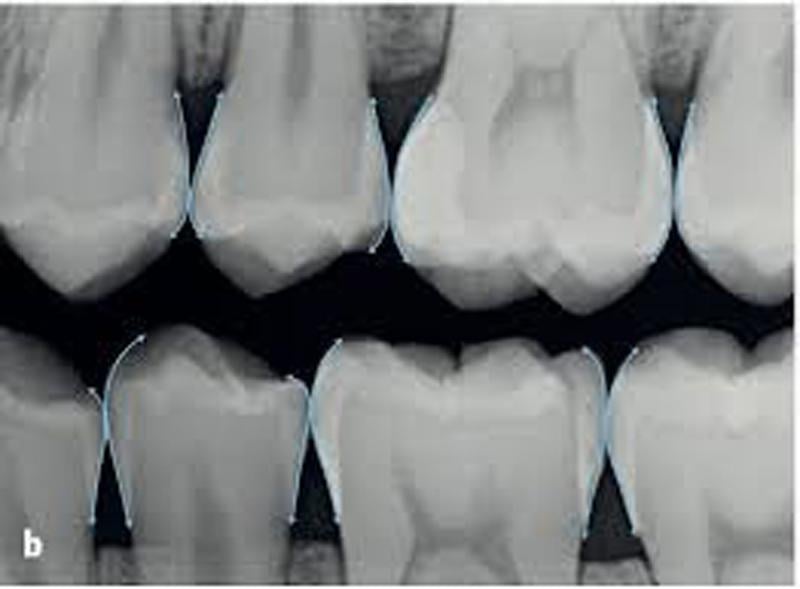
- Evaluate the occlusion by closing the upper and lower members of the articulator. All teeth should hold thin articulating paper.
Clinical steps:
- Remove the provisional crown and clean the prep of cement and debris. Try in the crown; if it does not seat completely, use floss to test the interproximal contacts. Adjust as needed until the crown seats completely. Take a bitewing radiograph to confirm seating.
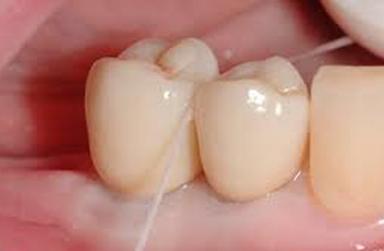
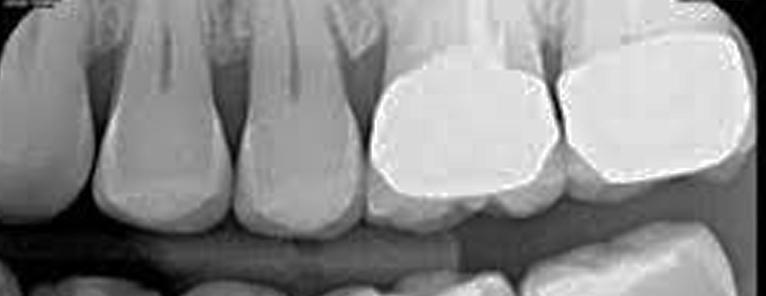
- Check the occlusion; the occlusal surface of the crown must not be “high.”
- Polish the crown and cement with permanent cement.
- Clean the excess cement:
- Another radiograph may be needed if unsure of complete cement removal.
- Re-check the occlusion.
- Show off the crown to the patient.
Part II: Potential causes for ill-fitting crowns
- Micro-leakage: Micro-leakage is caused when the luting cement used to adhere the crown to the tooth structure has dissolved. This creates a marginal defect between the crown and the preparation.
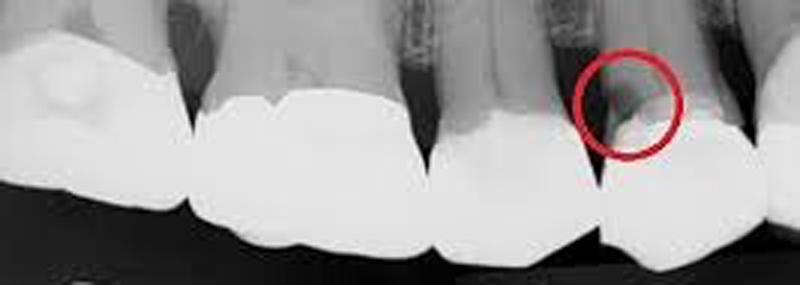
- Cementation: If the manufacturer's instructions are not followed, or the cement is not mixed correctly, poorly cemented crowns are at risk for dislodgement.
- Tooth Decay: Restored teeth are more susceptible to plaque accumulation and caries if not kept clean. Over time, this can lead to tooth decay under the crown.
- Bruxism: Bruxism or grinding teeth can loosen crowns by dislodgement or fracture of the cement.
- Diet: Sticky foods such as gummies or taffy may completely remove crowns.
- Trauma: A fall or a severe blow to the head/face can lead to crown dislodgment.
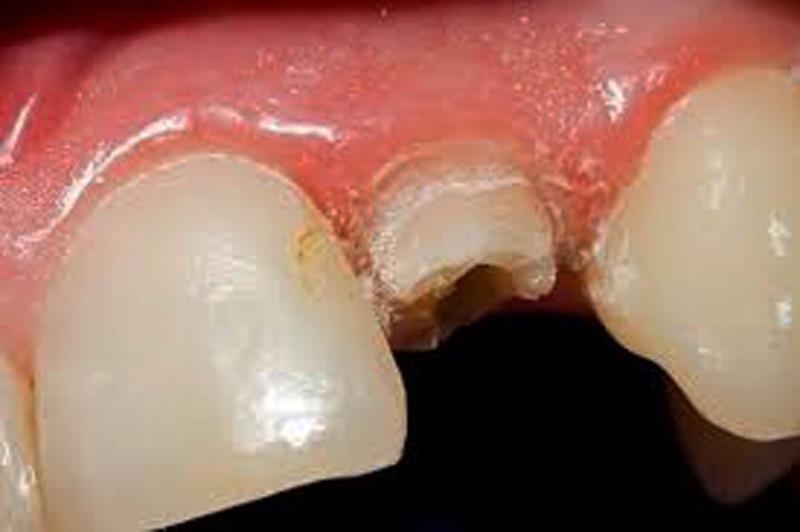
Note: With DDS Lab quality control procedures, every effort is made to ensure that all crowns meet laboratory specifications. All crowns will properly fit the dies/casts before packaging. Crowns that don’t meet these criteria will not be returned to clinicians.
Part III: Clinical remedies for dislodged crowns
- Evaluate the crown and the preparation. Remove debris inside the crown with hand instruments, steam cleaning, or air particle abrasion.
- Re-seat the crown onto the preparation; evaluate the marginal integrity. Take a bitewing radiograph to evaluate subgingival areas. If all is well, simply re-cement the crown. If the dental crown is loose due to tooth decay apical to the margins, it’s best to re-make the crown. If the caries are occlusal to the margin and adequate tooth structure remains, caries can be removed, and the crown may be re-cemented.

Re-cementing zirconia crowns
- If your zirconia crowns are debonding or becoming loose, try altering your cementation process. Most dentists will test the fit of the zirconia crown in the patient’s mouth before cleaning the tooth with pumice.
- Next, decontaminate the intaglio surface of the zirconia restoration before preparing it with a priming agent or adhesive if the cement does not have a built-in primer. The cement should be dual-cure (light and chemical) as light does not penetrate zirconia consistently.
- Finally, cement the crown and light cure it from several directions per the manufacturer's instructions. Remove any excess cement as above.
Ill-fitting crowns can lead to unhappy patients. If you experience fit issues with DDS Lab crowns, call our lab directly to discuss the specific case with our expert technical team. DDS Lab’s technical team is ready to help solve issues regarding ill-fitting restorations and will work with your office to find the best solution.
Schedule a consultation with our technical team ›

References:
https://www.sandeferpremierdental.com/blog/loose-crown-heres-can-help/
https://www.dental-treatment-guide.com/dental-crowns/loose-dental-crowns
https://blog.ddslab.com/resolve-fitting-issues-with-zirconia-crowns